Herbs That Grow Together: The Perfect Companions For Your Garden
Herbs That Grow Together: The Perfect Companions for Your Garden
Herbs are a great way to add flavor and nutrition to your meals, and they can also be beautiful additions to your garden. But did you know that some herbs are better suited to grow together than others?
In this blog post, we will discuss the benefits of companion planting herbs, and we will provide you with a list of some of the best herb companions. We will also talk about some herbs that should not be planted together.
Benefits of Companion Planting Herbs
There are many benefits to companion planting herbs. For one, it can help to improve the health and productivity of your plants. When herbs are planted together, they can help to deter pests and diseases, attract beneficial insects, and improve the overall soil quality.
In addition, companion planting can help to save space in your garden. By planting herbs that have similar growing requirements together, you can create more efficient use of your space.
Finally, companion planting can simply make your garden look more beautiful. When herbs are planted in complementary colors and textures, they can create a stunning visual display.
Best Herb Companions
Here are some of the best herb companions:
- Basil and tomatoes: Basil is a natural pest repellent that can help to protect tomatoes from aphids, whiteflies, and other insects. It also helps to improve the flavor of tomatoes.
- Chives and roses: Chives can help to repel pests such as aphids, spider mites, and Japanese beetles from roses. They also help to improve the drainage around roses, which can help to prevent root rot.

- Dill and carrots: Dill helps to attract beneficial insects such as ladybugs and hoverflies, which can help to control pests that damage carrots. It also helps to improve the flavor of carrots.
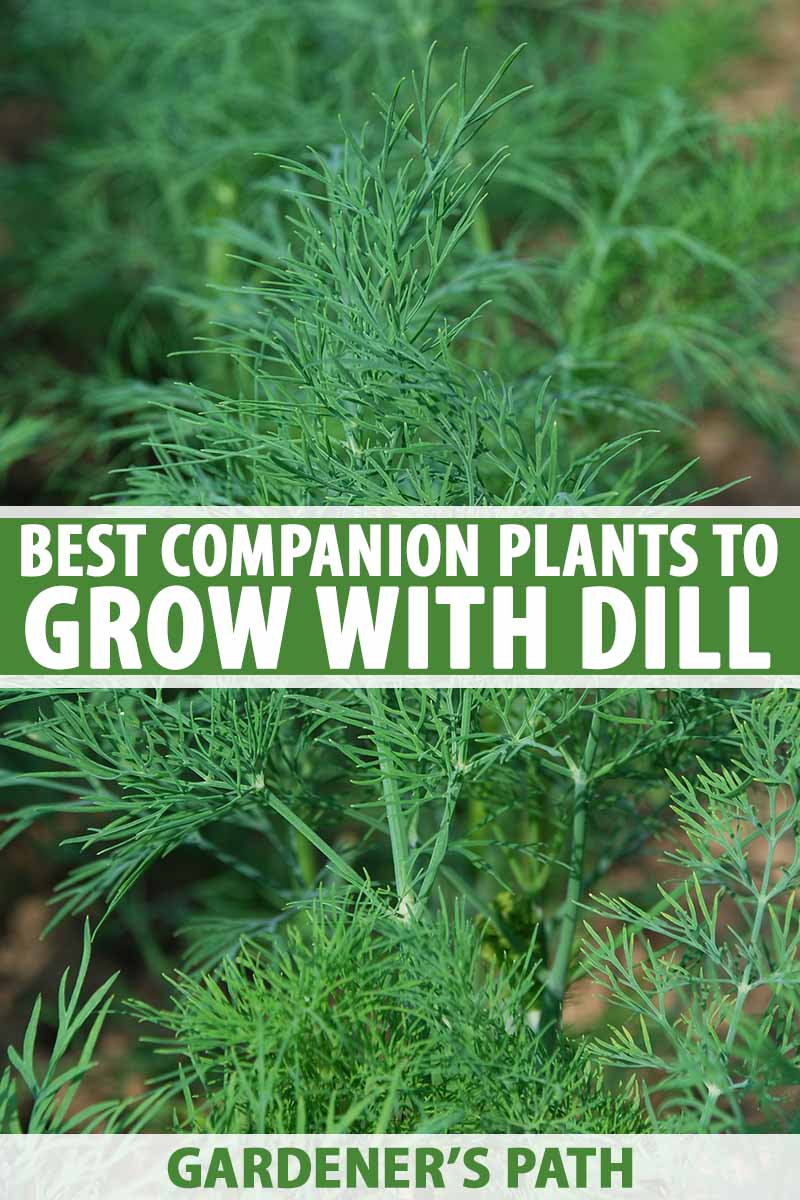
- Lavender and beans: Lavender helps to repel pests such as mosquitoes, aphids, and spider mites from beans. It also helps to attract pollinators such as bees and butterflies, which can help to improve the pollination of beans.
- Marjoram and oregano: Marjoram and oregano are both natural pest repellents that can help to protect each other from pests such as aphids, whiteflies, and spider mites. They also help to improve the flavor of each other's dishes.
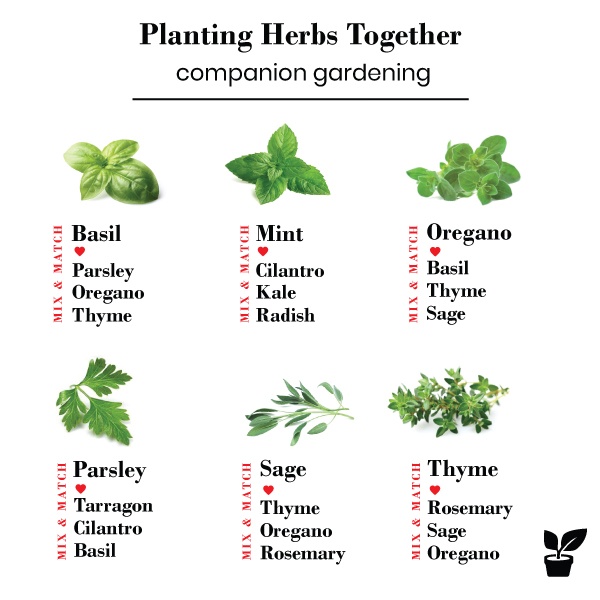
- Parsley and rosemary: Parsley and rosemary both have strong scents that can help to deter pests such as cabbage loopers, cabbage moths, and carrot flies. They also help to improve the flavor of each other's dishes.

- Thyme and sage: Thyme and sage are both natural pest repellents that can help to protect each other from pests such as aphids, whiteflies, and spider mites. They also help to improve the flavor of each other's dishes.

Herbs to Avoid Planting Together
While most herbs can be planted together without any problems, there are a few that should be avoided. These include:
- Fennel and wormwood: These two herbs can inhibit the growth of each other.
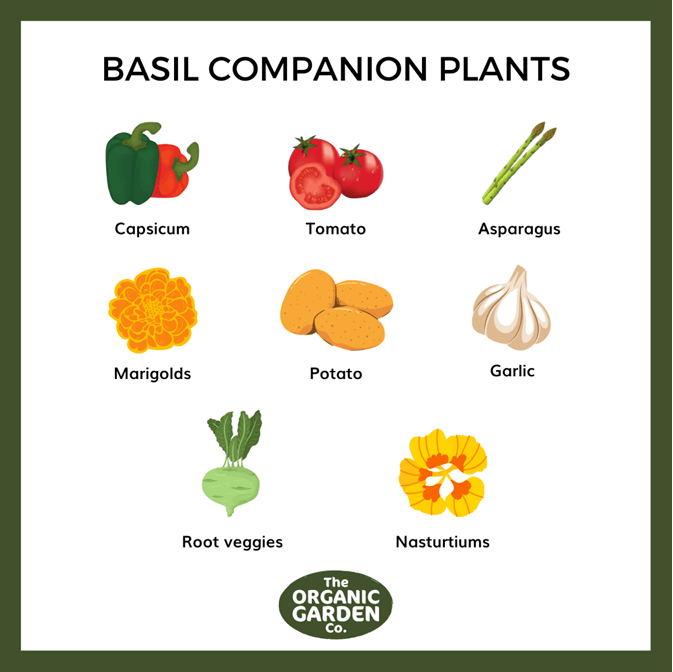
- Rue and sage: Rue can inhibit the growth of sage.
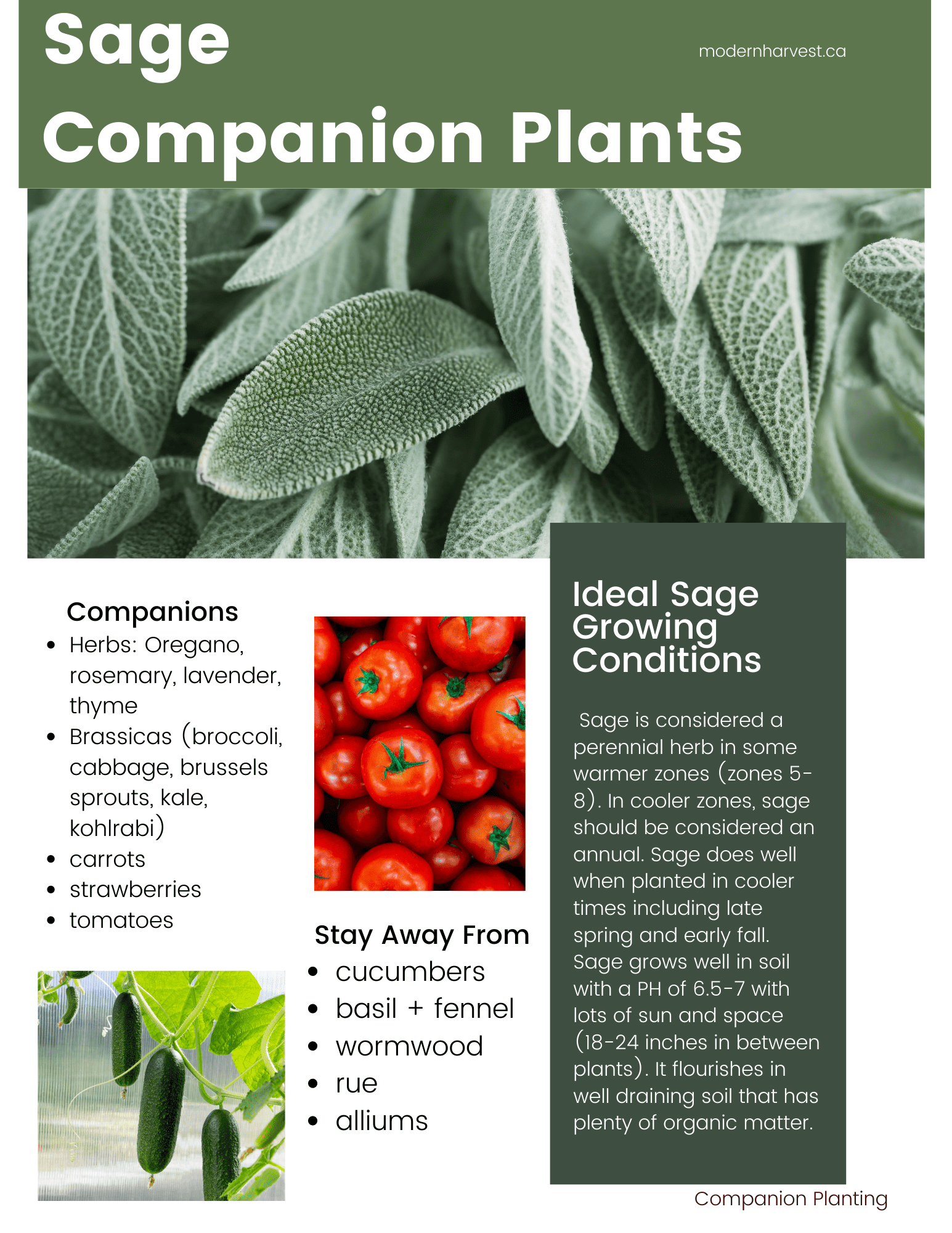
- Anise and dill: These two herbs can cross-pollinate, which can result in the loss of flavor in both herbs.

- Dill and tomatoes: Dill can stunt the growth of tomatoes.
- Sage and cucumber: Sage can inhibit the growth of cucumber.
Conclusion
By planting herbs that are compatible with each other, you can create a healthy, productive, and beautiful herb garden. By avoiding planting herbs that are incompatible with each other, you can prevent problems such as stunted growth and cross-pollination.
With a little planning, you can create an herb garden that will provide you with fresh, flavorful herbs for years to come.
Herbs Grow Together
When it comes to growing herbs, there are a few things you need to keep in mind. One of the most important factors is companion planting, or planting herbs that complement each other. Some herbs, such as basil and tomatoes, grow well together because they attract beneficial insects and repel pests. Other herbs, such as mint, can be aggressive growers and crowd out other plants, so it's best to grow them separately.
If you're not sure which herbs to plant together, or if you want to learn more about companion planting, I recommend visiting Gardenia Inspiration. This website has a comprehensive list of herbs that grow well together, as well as tips on how to plant and care for your herbs.
FAQ of herbs grow together
- What are some herbs that should not be planted together?
Some herbs should not be planted together because they can compete for resources, such as water and sunlight. For example, fennel and cilantro are both very aggressive herbs that can crowd out other plants. Rue, sage, and basil can also inhibit each other's growth. Dill and lavender have different soil pH requirements, so they will not grow well together.
- What are some herbs that attract beneficial insects?
There are many herbs that attract beneficial insects, such as pollinators and predators of pests. Some examples include:
- Basil: attracts bees, butterflies, and other pollinators
- Chives: attracts bees and hoverflies
- Dill: attracts bees, butterflies, and ladybugs
- Lavender: attracts bees, butterflies, and moths
- Mint: attracts bees, butterflies, and hoverflies
- What are some herbs that repel pests?
There are also a number of herbs that can help to repel pests, such as:
- Basil: repels mosquitoes, flies, and ants
- Chives: repels aphids, cabbage moths, and carrot flies
- Garlic: repels mosquitoes, flies, and slugs
- Mint: repels mosquitoes, ants, and fleas
- Rosemary: repels mosquitoes, flies, and moths
- How can I plant herbs together in a way that benefits them all?
When planting herbs together, it is important to consider their needs in terms of sunlight, water, and soil pH. For example, mint is a very aggressive herb that requires full sun and moist soil. Basil, on the other hand, prefers partial shade and well-drained soil. It is also important to consider the height and spread of the herbs when planting them together. For example, tall herbs, such as rosemary and lavender, should be planted at the back of a garden bed, while shorter herbs, such as thyme and chives, can be planted in front.
- How can I care for herbs that are planted together?
Once herbs have been planted together, it is important to care for them properly. This includes watering them regularly, fertilizing them as needed, and weeding the area around them. It is also important to monitor the herbs for pests and diseases. If you see any problems, take steps to address them immediately.
Image of herbs grow together
- Basil and tomatoes: These two herbs are a classic combination, and they actually benefit each other. Basil helps to deter pests from tomatoes, and tomatoes provide the nitrogen that basil needs to thrive.
- Rosemary and lavender: These two herbs have similar growing conditions and can be planted together in a pot or in the ground. They both have a strong fragrance that can deter pests, and they can also be used to make herbal teas.

- Mint and chives: These two herbs are both relatively low-maintenance and can tolerate a variety of soil conditions. They can be planted together in a pot or in the ground, and they will help to keep each other away from pests.
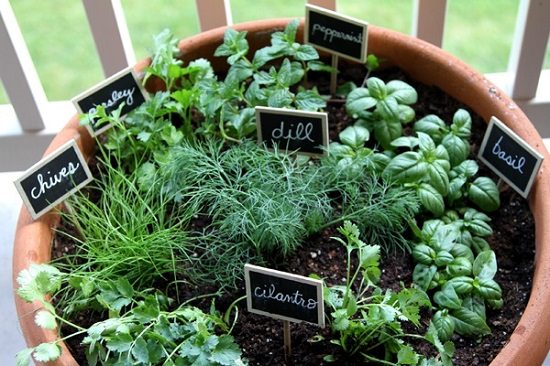
- Sage and oregano: These two herbs are both Mediterranean herbs that prefer full sun and well-drained soil. They can be planted together in a pot or in the ground, and they will help to attract beneficial insects to your garden.

- Thyme and parsley: These two herbs are both relatively easy to grow and can be planted together in a pot or in the ground. They both have a mild flavor that can be used in a variety of dishes, and they can also be used to make herbal teas.
Post a Comment for "Herbs That Grow Together: The Perfect Companions For Your Garden"